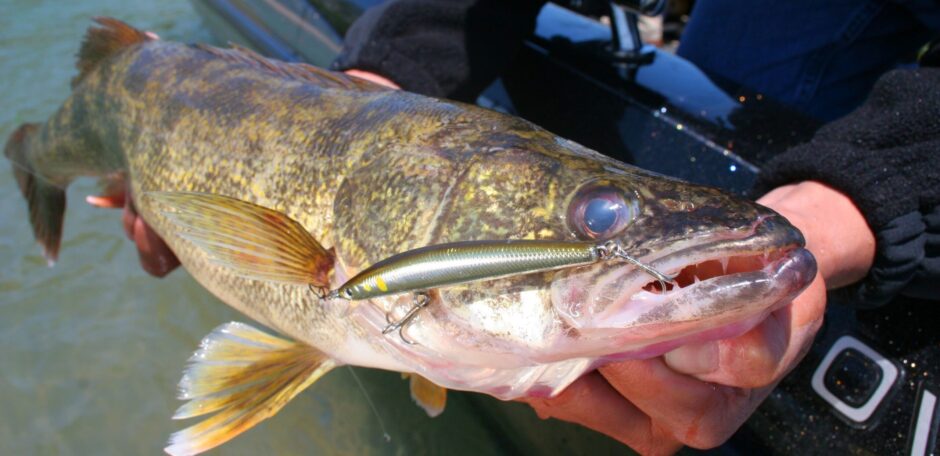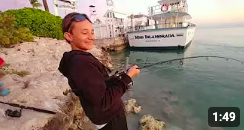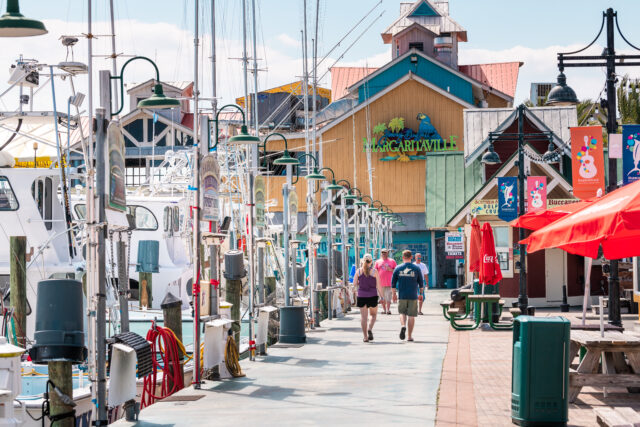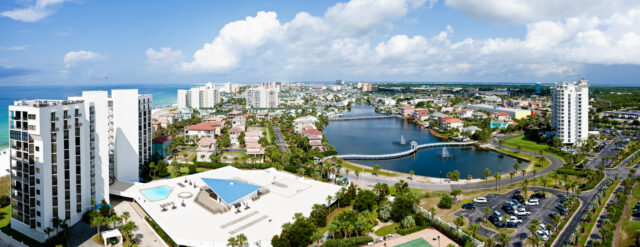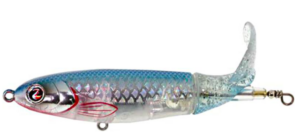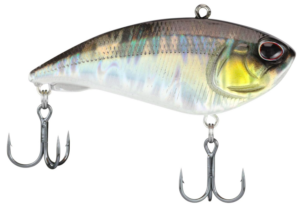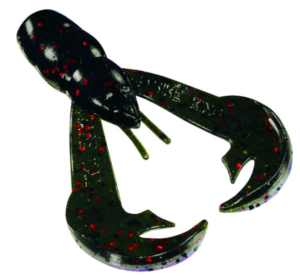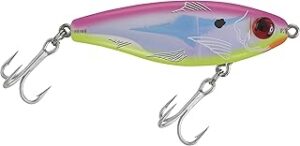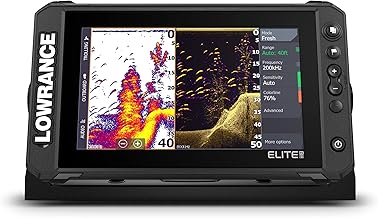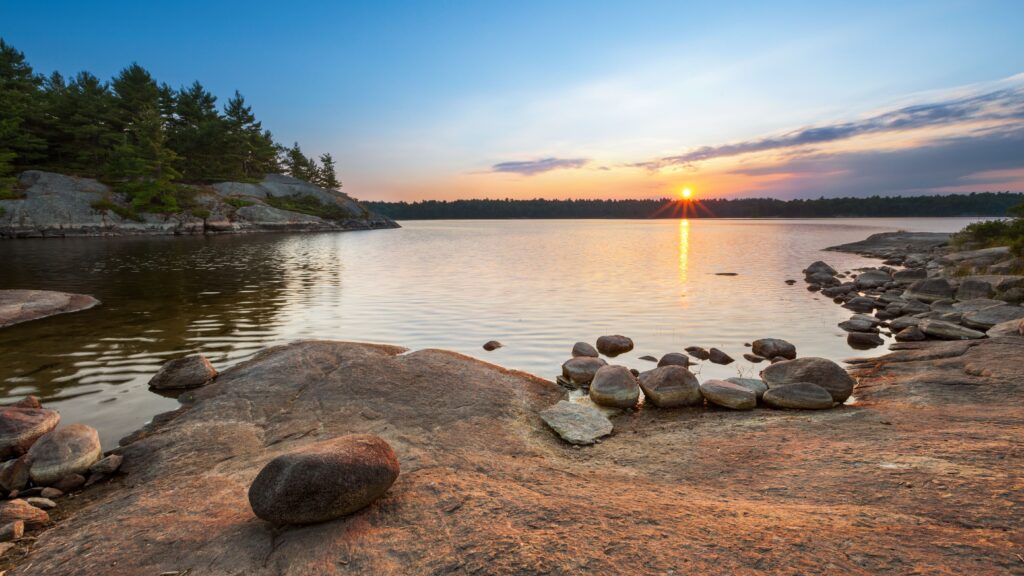
There are many lakes and reservoirs that provide some excellent fishing for walleye. You can find fish in a lot of the same places in lakes and reservoirs, but reservoirs do have some unique characteristics that you will not find in lakes. Since reservoirs are man-made, you may find walleye on road beds, in pot holes, near submerged trees or flooded timber. Even though there may be different types of cover and structure on reservoirs, walleye typically follow similar seasonal migrations.
Seasonal Migrations
Walleye and sauger will move out of the main lake into feeder streams, creeks and rivers during the spring to spawn. If a lake doesn’t have any of these features, seek out the shallower water with some hard bottom in the bays or along the shorelines. On some of the larger lakes and reservoirs, walleye may move several miles to get to the spawning site and then several miles back to their summer and fall hangouts.
Many walleye can still be found shallow for a couple weeks after they spawn, but once water temperatures warm up in the summer, plan on finding walleye deeper from summer through fall. The main lake structure is going to be where most of these fish will be found during these months. If you are fishing a smaller lake, search out the deeper water in the middle of the lake.
Offshore Structure
The offshore structure is where most of the walleye will be in the summer and fall. Fish the underwater humps, the reefs and the islands with quick access to deep water. After the spawn in the spring, walleye will usually stay shallow for a couple weeks, then head to deeper waters offshore and the offshore pattern is a consistent one. Spend some time learning how to find these offshore fish and you’ll have more success.
Points
Points are great spots to fish for walleye. Anglers usually do well on the wind blown points. It may not always be easy to fish the wind blown points, but if you can control your boat in the wind. these areas will usually hold some fish from spring through fall.
Rocks & Boulders
On most of the better walleye lakes and reservoirs, rocks will be where you spend most of your time fishing. Shallow, deep and in between, rocks are almost always a good place to check out.
Weeds
On some lakes, the weeds will be the better cover for walleye. On these lakes, many anglers have a harder time fishing for walleye, because it’s a lot easier catching them on the rocks than in the weeds. Fish the weed edges and in the scattered weeds with weedless jigs. Some anglers are very good at fishing the weeds for walleye and they catch a lot of fish that many walleye anglers don’t even target.
Wood
The wood can hold a lot of walleye. On lakes, it will usually be along the shorelines. Find some of the larger trees that have fallen into water along the deeper shorelines and you have a better chance of finding some decent numbers of walleye to go along with some quality fish. On reservoirs, there are usually plenty of places with wood, so seek out these areas with some depth and you can find some fish. On reservoirs, there is plenty of flooded timber on many of them, so you don’t have to just search the shorelines. You can find flooded timber throughout these bodies of water. Get a good map and use your electronics to find some of these spots.
